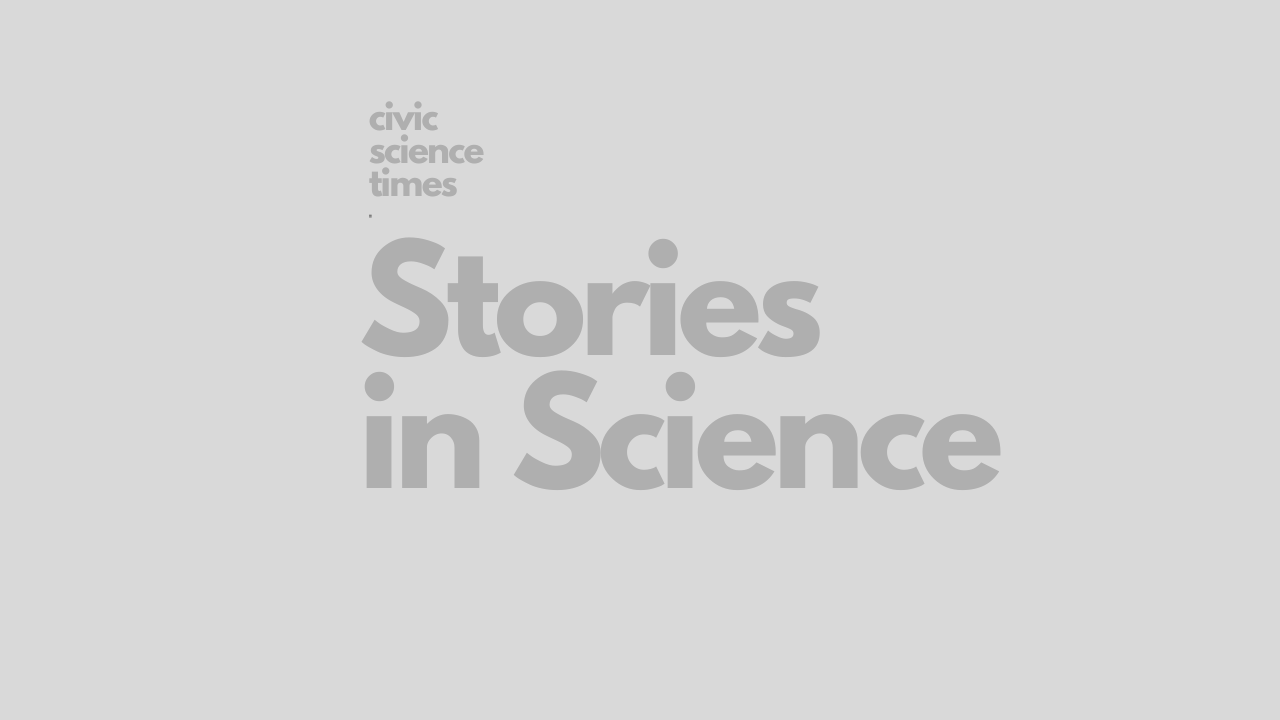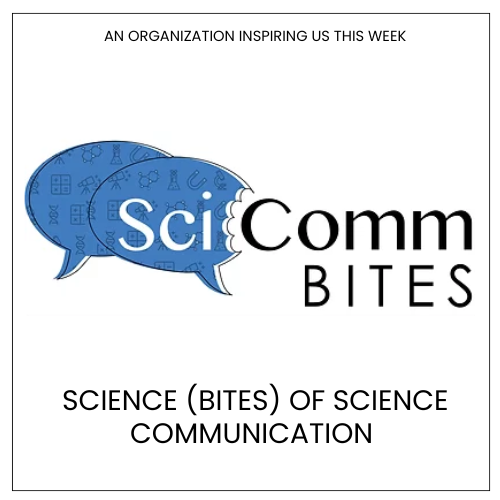CSO - Stories in Science
Growing up in Science: Jane Willenbring
Jane Willenbring: “My Ph.D. on rates of glacial erosion in the Canadian Arctic and sub-Arctic seemed long and difficult. I thought about quitting many times, but I’m glad I didn’t quit.”

Jane Willenbring
[su_boxbox title=”About”]Dr. Jane Willenbring is the Thomas and Evelyn Page Chancellor’s Endowed Faculty Fellow and Associate Professor in the Geosciences Research Division at Scripps Institution of Oceanography, UC San Diego. She joined Scripps in summer of 2016. Jane is the Director of the Scripps Cosmogenic Isotope Laboratory (SCI-Lab). She is a geologist who solves problems related to the Earth’s surface. Her research helps us understand the evolution of the Earth’s surface – especially how landscapes are affected by tectonics, climate change, and life. She and her research group use geochemical techniques, high-resolution topographic data, field observations, and, when possible, couple these data to landscape evolution numerical models and ice sheet models. The geochemical tools she uses and develops often include cosmogenic nuclide systems, which provide powerful, novel methods to constrain rates of erosion and mineral weathering. Jane has also started to organize citizen science campaigns and apply basic science principles to problems of human health with an ultimate broader impact goal of cleaning up urban areas and environments impacted by agriculture. She received her B.Sc. with honors from the North Dakota State University where she was a McNair Scholar, a Master’s degree from Boston University, and her Ph.D. in Earth sciences from Dalhousie University in Halifax, Nova Scotia Canada, where she became an Izaak Walton Killam Laureate. She was a Synthesis Postdoctoral Fellow through the National Center for Earth-Surface Dynamics at the famous Saint Anthony Falls Lab at the University of Minnesota, and an Alexander von Humboldt Fellow and then subsequently a Postdoctoral Researcher at the Helmholtz GFZ Potsdam, Germany. Jane was previously a professor at the University of Pennsylvania and a Blaustein visiting professor at Stanford University. In August of 2020, she will move to Stanford University and will be an Associate Professor and Gabilan Fellow. She is an NSF Career Grant awardee and a Fellow of the Geological Society of America. The story is co-published in collaboration with Growing up in Science. [/su_boxbox]
[su_boxnote note_color=”#c8c8c8″]Key Lessons
- Eventually, you can choose not to work with toxic people. Surround yourself with nice, funny, supportive people; it makes all the difference in daily life.
- Mentally separate the profession of academia, which can be draining, from the joy of science. Make time to feel inspired a part of your regular life.
- When facing a set-back or a celebration, put that energy into something productive.[/su_boxnote]

Professor Jane Willenbring
[dropcap]I[/dropcap] grew up extremely poor in rural North Dakota. A lot of children (and adults!) would probably find a lack of TV oppressive and isolating, but I found things I loved to do outside, away from my house. I explored the rolling prairie and came up with experiments to do. I didn’t know a lot about science then and so I would use my imagination to make up stories about the landscape and the things that lived on it and I would make rivers in the mud with a garden hose.
As a high school student, I put all my energy into making myself different. I milked my neighbor’s goats in the morning before school to pay for after-school activities – like oboe lessons, Science Club and Tae Kwon Do. I applied to North Dakota State University two months before school started. I started learning about climate change through interactions with a paleontologist who needed a work study student and I discovered Antarctic geology and then applied to the McNair program. I learned that I loved science and the math classes my mentor urged me to take.
I was admitted to a Master’s program at Boston University to get field experience in Antarctica to study the history of the Antarctic ice sheets and spent the austral summers of 1999-2000 and 2000-2001 in the Dry Valleys. I loved Antarctica and the chronology aspects of the work, but wanted to get as far as possible from working with my advisor. The farthest possible place was the Arctic. I took a Ph.D. fellowship from Dalhousie University, Canada – perhaps foolishly turning down a graduate fellowship position at UC Berkeley, because I thought my advisor was nice – and he was! My Ph.D. on rates of glacial erosion in the Canadian Arctic and sub-Arctic seemed long and difficult. I thought about quitting many times, but I’m glad I didn’t quit. My brother told me to keep going and to quit academia after I got a PhD – not before.
After being yelled at in German by a lab technician for years, my science-soulmate and I, published what turned out to be two relatively important papers using the data of other geochemists.
I married my college sweetheart and took his last name. My husband was playing in a rock band in Minneapolis and so I applied for a postdoctoral position at the National Center for Earth-Surface Dynamics at the University of Minnesota working with the famous Gary Parker and another professor who didn’t get tenure and left. Gary Parker left the University of Minnesota right before I arrived and my other mentor turned out to be incapacitated due to severe depression for the entirety of that postdoc. My National Center for Earth-Surface Dynamics postdoc was life-changing though and I discovered that the amazing group of people were very much in need of new geochemical tools to help answer new questions and old questions in new ways. My husband and I got a divorce and I changed my name back to my maiden name and wanted to get as far as possible from Minnesota.
I applied for and received an Alexander von Humboldt Fellowship that took me to Germany to first learn German for two months, and then to start research in an analytical geochemistry lab to develop a new technique. Nothing in my life prepared me for the fraught task of working in an ultraclean lab with fine-grained sediments. After being yelled at in German by a lab technician for years, my science-soulmate and I, published what turned out to be two relatively important papers using the data of other geochemists.
I applied for many jobs, interviewed at many places and took a job at the University of Pennsylvania. My time at the University of Pennsylvania was (mostly) wonderful, partly because my colleagues didn’t treat me like a junior faculty member and partly because I got to do science.
However, living in West Philadelphia was eye-opening. I thought a lot about the poverty and violence that surrounded the university and how my experience being poor was so different from the experience of the kids in my new neighborhood. I had nutritious food that we grew, my school was safe and I could check out as many books as I liked from the library. So, I started a citizen science campaign called Soil Kitchen to test the urban environment for lead and other metals to try and make things better in Philadelphia and other urban centers. This activity formed the hallmark of the Broader Impacts section of my NSF CAREER proposal and this effort is now a national program.
I married a UPenn professor – now at Stanford – and partly in an effort to live in the same time zone, applied for a dream job at Scripps Institution of Oceanography. I set up a lab in the new institution and didn’t make the same mistakes as the first time I set up a cosmogenic isotope lab. My husband and I raise our wonderful little girl, and three furry friends sort-of ‘together’ in San Diego, soon-to-be together at Stanford. It was hard to be a mostly-solo parent for her first 7 years of life while on the tenure track and I’ll be happy to finally live together with my spouse.
Having a daughter was life-changing for me in many ways. I had experienced fairly extreme sexual harassment during my Master’s degree at BU (read more here) and had always planned that I would do something about it once I got tenure. But as time went on, I thought about that less and less. Having a little girl who said she wanted to be a scientist, triggered me; I filed a Title IX complaint in 2016. That complaint led to many good things – even a documentary film about discrimination and harassment of women in STEM showing now in theaters (virtually): www.pictureascientist.com.
I try to treat my students and postdocs like colleagues and my colleagues like friends. I still have the sense of wonder and curiosity I had as a kid and this makes me want to better understand the Earth and this is still how I ‘play.’ I have fun doing science every single day.
Metrics
Sessions
Total number of Sessions. A session is the period time a user is actively engaged with the page.
Visitors
Users that have had at least one session within the selected date range. Includes both new and returning users.
Page views
Pageviews is the total number of time the article was viewed. Repeated views are counted.
The CS Media Lab is a Boston-anchored civic science news collective with local, national and global coverage on TV, digital print, and radio through CivicSciTV, CivicSciTimes, and CivicSciRadio. Programs include Questions of the Day, Changemakers, QuickTake, Consider This Next, Stories in Science, Sai Resident Collective and more.

-
Civic Science Observer3 weeks ago
What are the objectives of the Neurotech Justice Accelerator at Mass General Brigham?
-
Civic Science Observer2 months ago
Dear Colleagues: Now is the time to scale up public engagement with science
-
Civic Science Observer2 months ago
Weekend Watch: At Boston College, the McMullen Museum of Art presents “Wonders of Creation: Art, Science, and Innovation in the Islamic World”
-
Civic Science Observer3 days ago
Dear Colleagues: Help us understand the national impacts of federal science funding cuts on early career researchers in academic laboratories























